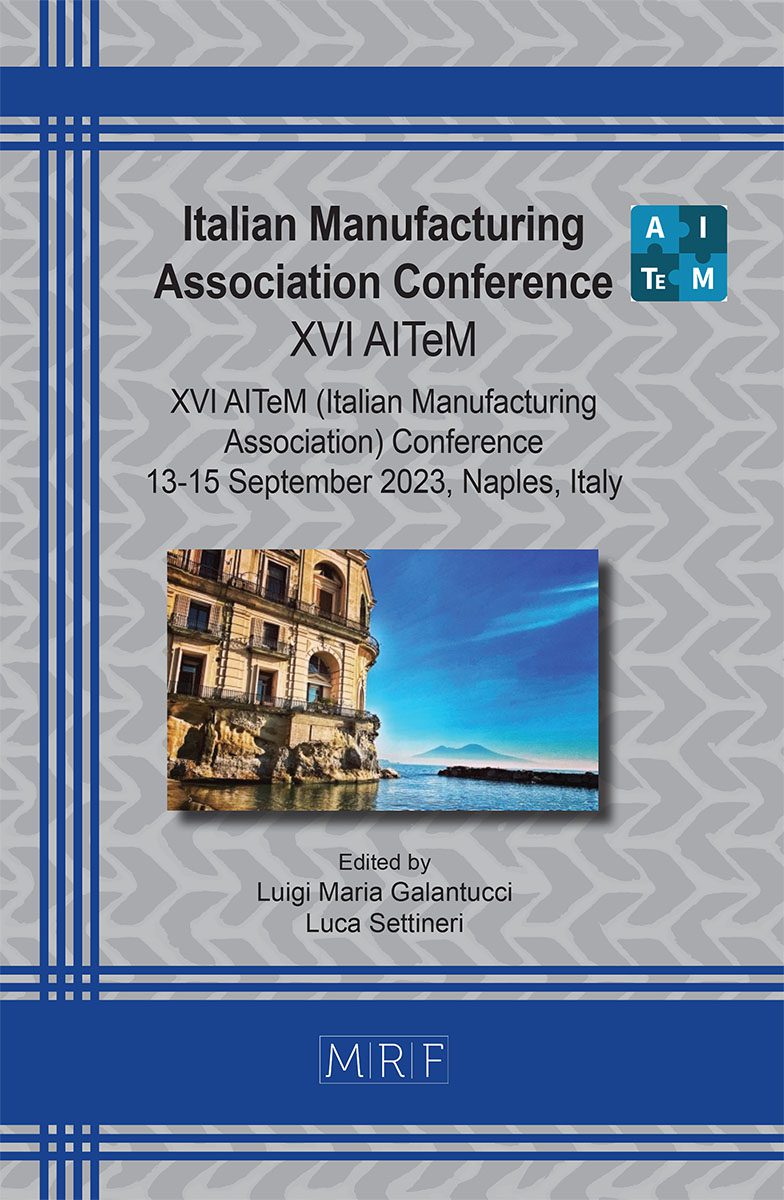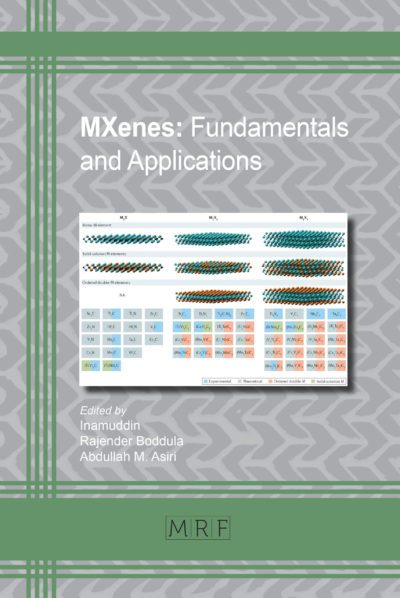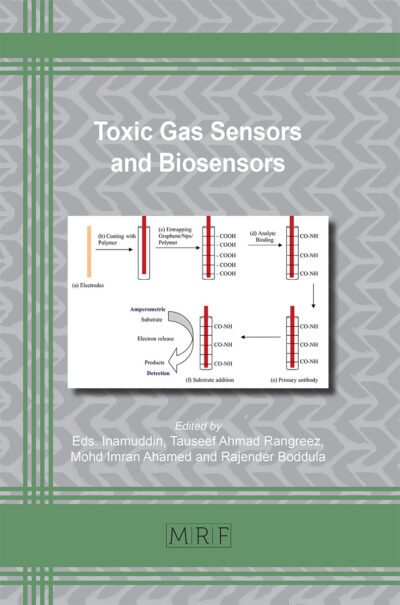Digital upgrade of a bandsaw machine through an innovative guidance system based on the digital shadow concept
Federico Scalzo, Davide Bortoluzzi, Giovanni Totis, Marco Sortino
download PDFAbstract. Nowadays, there is an increasing trend towards advanced CNC machine tools having a high level of automation. Nevertheless, manually operated equipment is still playing an important role in many industrial workshops. Operators’ experience is still essential in the perspective of increasing productivity, enhancing product quality, reducing manufacturing costs related to tool wear, waste and maintenance. Thus, even manual operations that are apparently less important in terms of product added value may deserve attention and need to be improved according to the principles of the digital transformation era. This paper introduces a structured approach for design, development and implementation of an operator guidance system for a manual bandsaw machine, based on the digital shadow concept and additional feedback sensors. This provides an actual example of how the digital transformation of a small-scale equipment may improve the manufacturing performance and ergonomics as well.
Keywords
Man-Machine System, Digital Shadow, Sensors
Published online 9/5/2023, 9 pages
Copyright © 2023 by the author(s)
Published under license by Materials Research Forum LLC., Millersville PA, USA
Citation: Federico Scalzo, Davide Bortoluzzi, Giovanni Totis, Marco Sortino, Digital upgrade of a bandsaw machine through an innovative guidance system based on the digital shadow concept, Materials Research Proceedings, Vol. 35, pp 286-294, 2023
DOI: https://doi.org/10.21741/9781644902714-34
The article was published as article 34 of the book Italian Manufacturing Association Conference
![]() Content from this work may be used under the terms of the Creative Commons Attribution 3.0 license. Any further distribution of this work must maintain attribution to the author(s) and the title of the work, journal citation and DOI.
Content from this work may be used under the terms of the Creative Commons Attribution 3.0 license. Any further distribution of this work must maintain attribution to the author(s) and the title of the work, journal citation and DOI.
References
[1] Sarwar, M., Persson, M., Hellbergh, H., & Haider, J., Measurement of specific cutting energy for evaluating the efficiency of bandsawing different workpiece materials. International Journal of Machine Tools and Manufacture 49 12-13 (2009), pp. 958-965. https://doi.org/10.1016/j.ijmachtools.2009.06.008
[2] Lu, Y., Liu, C., Kevin, I., Wang, K., Huang, H., & Xu, X., Digital Twin-driven smart manufacturing: Connotation, reference model, applications and research issues. Robotics and Computer-Integrated Manufacturing 61 (2020), 101837. https://doi.org/10.1016/j.rcim.2019.101837
[3] Kritzinger, W., Karner, M., Traar, G., Henjes, J., & Sihn, W., Digital Twin in manufacturing: A categorical literature review and classification. Ifac-PapersOnline 51 11 (2018), pp. 1016-1022. https://doi.org/10.1016/j.ifacol.2018.08.474
[4] Jones, D., Snider, C., Nassehi, A., Yon, J., & Hicks, B., Characterising the Digital Twin: A systematic literature review. CIRP Journal of Manufacturing Science and Technology 29 (2020), pp. 36-52. https://doi.org/10.1016/j.cirpj.2020.02.002
[5] Lattanzi, L., Raffaeli, R., Peruzzini, M., & Pellicciari, M., Digital twin for smart manufacturing: A review of concepts towards a practical industrial implementation. International Journal of Computer Integrated Manufacturing 34(6) (2021), pp. 567-597. https://doi.org/10.1080/0951192X.2021.1911003
[6] Li, C., Mahadevan, S., Ling, Y., Choze, S., & Wang, L., Dynamic Bayesian network for aircraft wing health monitoring digital twin. Aiaa Journal 55(3) (2017), pp. 930-941. https://doi.org/10.2514/1.J055201
[7] Knapp, G. L., Mukherjee, T., Zuback, J. S., Wei, H. L., Palmer, T. A., De, A., & DebRoy, T. J. A. M. Building blocks for a digital twin of additive manufacturing. Acta Materialia 135 (2017), pp. 390-399. https://doi.org/10.1016/j.actamat.2017.06.039
[8] Liau, Y., Lee, H., & Ryu, K., Digital Twin concept for smart injection molding. In: IOP Conference Series: Materials Science and Engineering 324(1), IOP Publishing, 2018. https://doi.org/10.1088/1757-899X/324/1/012077
[9] Wang, X. V., & Wang, L., Digital twin-based WEEE recycling, recovery and remanufacturing in the background of Industry 4.0. International Journal of Production Research 57(12) (2019), pp. 3892-3902. https://doi.org/10.1080/00207543.2018.1497819
[10] Liu, J., Zhou, H., Tian, G., Liu, X., & Jing, X., Digital twin-based process reuse and evaluation approach for smart process planning. The International Journal of Advanced Manufacturing Technology 100 (2019), pp. 1619-1634. https://doi.org/10.1007/s00170-018-2748-5
[11] Magnanini, M. C., & Tolio, T. A. M., A model-based Digital Twin to support responsive manufacturing systems. CIRP Annals 70.1 (2021), pp. 353-356. https://doi.org/10.1016/j.cirp.2021.04.043
[12] Tao, F., Zhang, M., Liu, Y., & Nee, A. Y., Digital twin driven prognostics and health management for complex equipment. Cirp Annals 67(1) (2018), pp. 169-172. https://doi.org/10.1016/j.cirp.2018.04.055
[13] Sivalingam, K., Sepulveda, M., Spring, M., & Davies, P., A review and methodology development for remaining useful life prediction of offshore fixed and floating wind turbine power converter with digital twin technology perspective. In: 2018 2nd international conference on green energy and applications (ICGEA), IEEE, 2018, pp. 197-204. https://doi.org/10.1109/ICGEA.2018.8356292
[14] Sallese, L., Tsahalis, J., Grossi, N., Scippa, A., Campatelli, G. & Tsahalis, H. Case Study 1.3: Auto-adaptive Vibrations and Instabilities Suppression in General Milling Operations. In: Intelligent Fixtures for the Manufacturing of Low Rigidity Components. Lecture Notes in Production Engineering. Springer, Cham., 2018. https://doi.org/10.1007/978-3-319-45291-3_3
[15] Vuković, M., Mazzei, D., Chessa, S., & Fantoni, G. Digital Twins in Industrial IoT: a survey of the state of the art and of relevant standards. 2021 IEEE International Conference on Communications Workshops (ICC Workshops). IEEE, 2021. https://doi.org/10.1109/ICCWorkshops50388.2021.9473889
[16] Scalzo F, Totis G, Vaglio E & Sortino M. Passive Chatter Suppression of Thin-Walled Parts by Means of High-Damping Lattice Structures Obtained from Selective Laser Melting. Journal of Manufacturing and Materials Processing 4(4):117 (2020). https://doi.org/10.3390/jmmp4040117
[17] Zhu, Z., Xi, X., Xu, X., & Cai, Y. Digital Twin-driven machining process for thin-walled part manufacturing. Journal of Manufacturing Systems 59 (2021), pp. 453-466. https://doi.org/10.1016/j.jmsy.2021.03.015
[18] Scalzo, F., Totis, G. & Sortino, M. Influence of the Experimental Setup on the Damping Properties of SLM Lattice Structures. Exp Mech 63 (2023), pp. 15-28. https://doi.org/10.1007/s11340-022-00898-8













